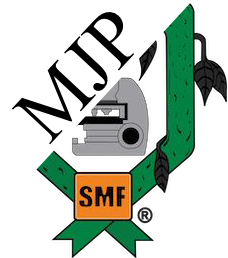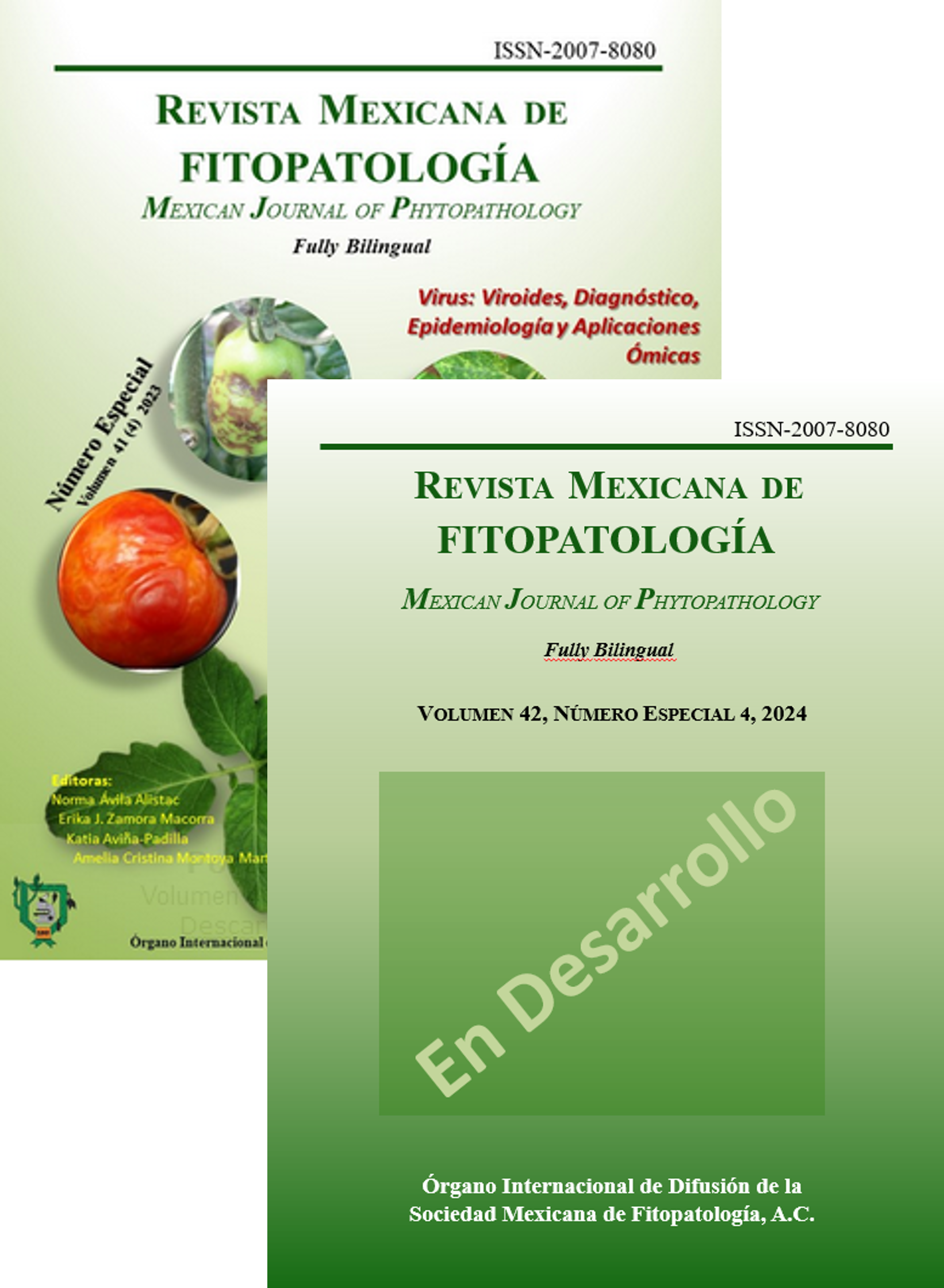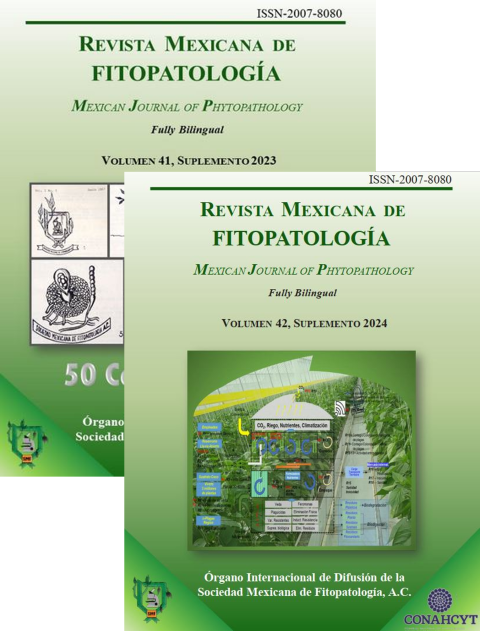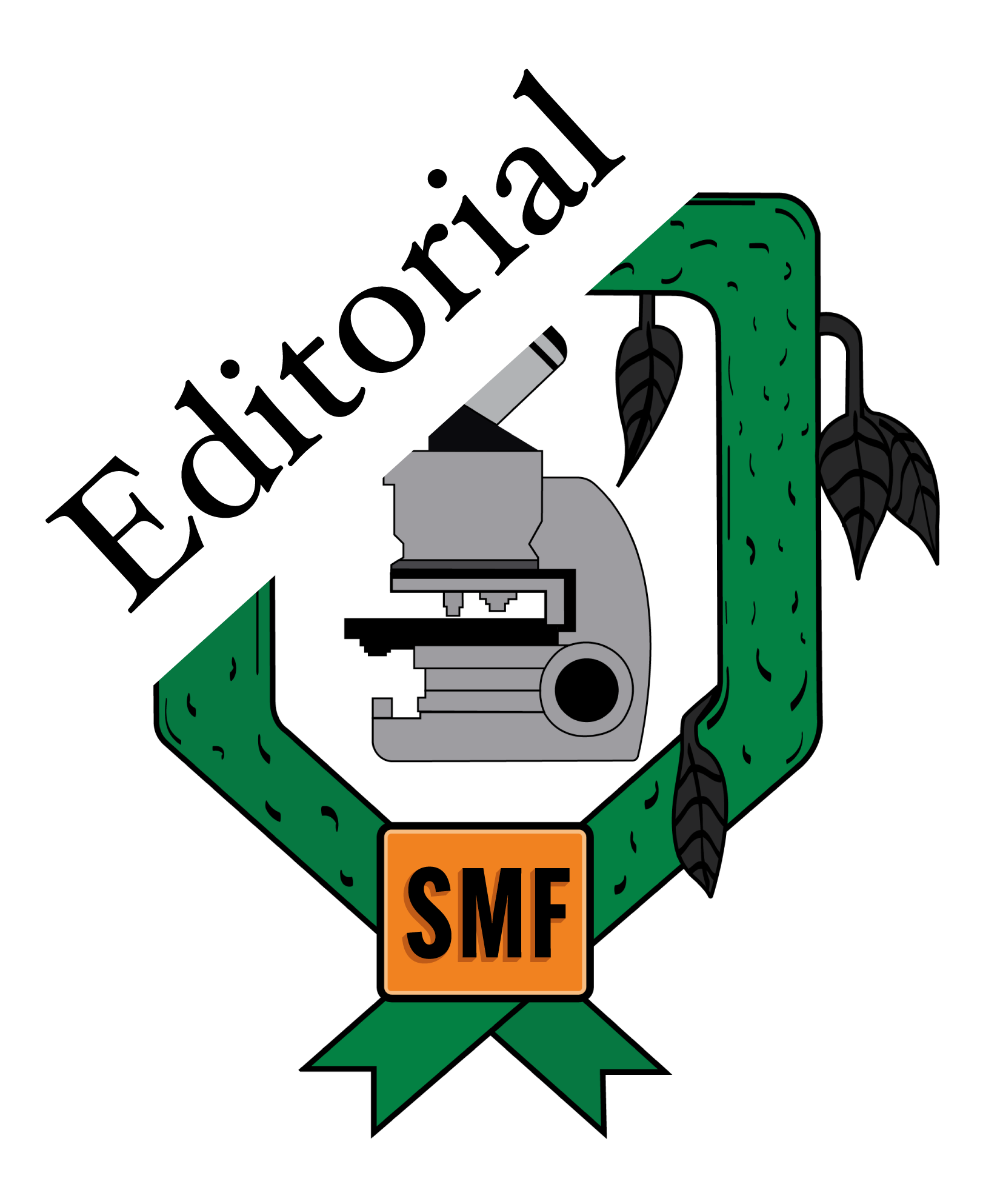Article filters
Search Papers
Optimization of fermentation temperature and time for production of an antifungal extract from Bacillus amyloliquefaciens B17
By Maria Magdalena Rivera Salas, José Basilio Heredia, Juan Manuel Tovar Pedraza, Cesar San Martín Hernández, José Benigno Valdez Torres, Isabel Cruz Lachica, Raymundo Saúl García Estrada*
* Corresponding Author. Email: rsgarcia@ciad.mx / Institution: Colegio de Postgraduados
Accepted: 23/August/2024 – Published: 22/July/2024 – DOI: https://doi.org/10.18781/R.MEX.FIT.2405-11
Abstract Background/Objective. Species of Bacillus are currently gaining interest because its ability to produce secondary metabolites with antifungal properties against various plant pathogenic fungi. The objective of this study was to optimize fermentation temperature and time for antifungal extract production by Bacillus amyloliquefaciens B17 and to verify its activity against plant pathogenic fungi Gilbertella persicaria, Choanephora cucurbitarum, Colletotrichum asianum, and Botrytis cinerea.
Materials and Methods. A central composite design (CCD) with two factors and five levels (fermentation temperature: 23.7, 25, 28, 31, and 32.2 °C and fermentation time: 25, 46, 95, 144, and 164.3 h) was used. Thirteen combinations of temperature and fermentation time were randomly performed. The thirteen crude extracts of B. amyloliquefaciens B17 were obtained from the cell-free fermentation broth by acid precipitation followed by alkaline solubilization. The response variable was the diameter of the inhibition halos generated by placing drops of the different crude extracts onto the medium already inoculated with a suspension of Gilbertella persicaria spores.
Results. The optimal conditions for the production of the extract with the greatest antifungal activity in B. amyloliquefaciens B17 were 26.8 °C and 158.6 h.
Conclusion. The optimized crude extract from B. amyloliquefaciens B17 exhibited a strong ability to inhibit mycelial growth and spore germination of Gilbertella persicaria, Choanephora cucurbitarum, Colletotrichum asianum, and Botrytis cinerea.
Keywords: Bacillus, Biocontrol, Antifungal extract, Fungi










